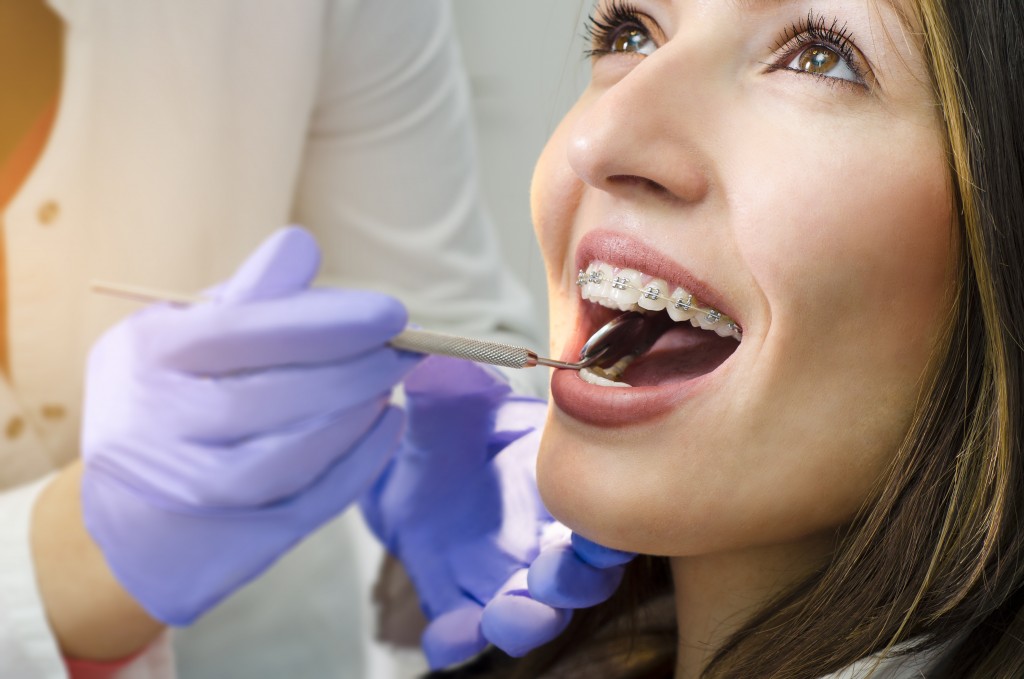If you want to continue to boast a full set of teeth and perfect oral health, you must prioritise preventative dentistry. But what does that mean? Keeping your pearly whites strong and healthy requires more than just everyday brushing and frequent flossing, but regular visits to your local dental practitioner.
While many people complain that seeing the dentist in St John’s Wood every six months is unnecessary, these checkups could very well save your teeth and keep nasty gum conditions at bay. Read on to find out what these appointments entail.
What can I expect?
Your dental visits comprise of two parts, conducted by different specialists. The beginning session entails a full mouth examination, followed by oral prophylaxis performed by the hygienist.
The first stage comprises the following:
Cavity checks
Cavity checks are essential because if left unchecked, dental caries can cause extensive dental damage that require expensive procedures to treat. A dentist can identify a cavity by the way a tooth feels. He or she will press down on individual teeth looking for soft spots using a probe. If he or she suspects you have one or more cavities, X-rays are taken as confirmation. Cavities show up as dark spots on X-rays while healthy enamel is grey.

Gum Checks
Your teeth aren’t the only part of your mouth vulnerable to rot, decay and disease. Many Brits experience gingivitis or more severe periodontal issues at some point in their lives. Gingivitis is a disease that attacks the gums. If your gums are red, swollen, or bleed easily, you could be diagnosed with gum disease. One method to confirm whether your gums are healthy is by measuring the pockets around your teeth. Deeper pockets point to a potential problem.
A root scaling and planing, otherwise known as a deep clean, are usually recommended to remove harmful plaque build and hardened tartar.
Dietary changes and optimising your dental hygiene
The biggest gripe dental practitioners face is treating issues that could have been prevented by adequate cleaning and adhering to a clean, teeth-friendly diet. How long and often should you brush your pearly whites? Your average dentist will tell you twice a day for two to three minutes. That said, the technique is as important as duration. Ask your oral health provider for a demonstration if you’re not sure that your method is correct.
What you put in your mouth also affects the state of your teeth. Sugar and starch are cavity-causing foods, while beverages such as coffee and wine are guilty of staining the enamel on your teeth. Change your diet not just for your general health but also for your oral health! Cut out sugar, limit your alcohol intake, and incorporate more vegetables, fruit, and lean protein into your lifestyle.
Deep Cleaning
The filmy material that coats your teeth after eating is called plaque. Plaque contains harmful germs that attack your teeth and gums. Brushing your teeth alone won’t remove all the plaque, especially hiding in the cracks where your toothbrush can’t reach. Scaling your teeth using specialised instruments removes excess plaque and hardened tartar.

